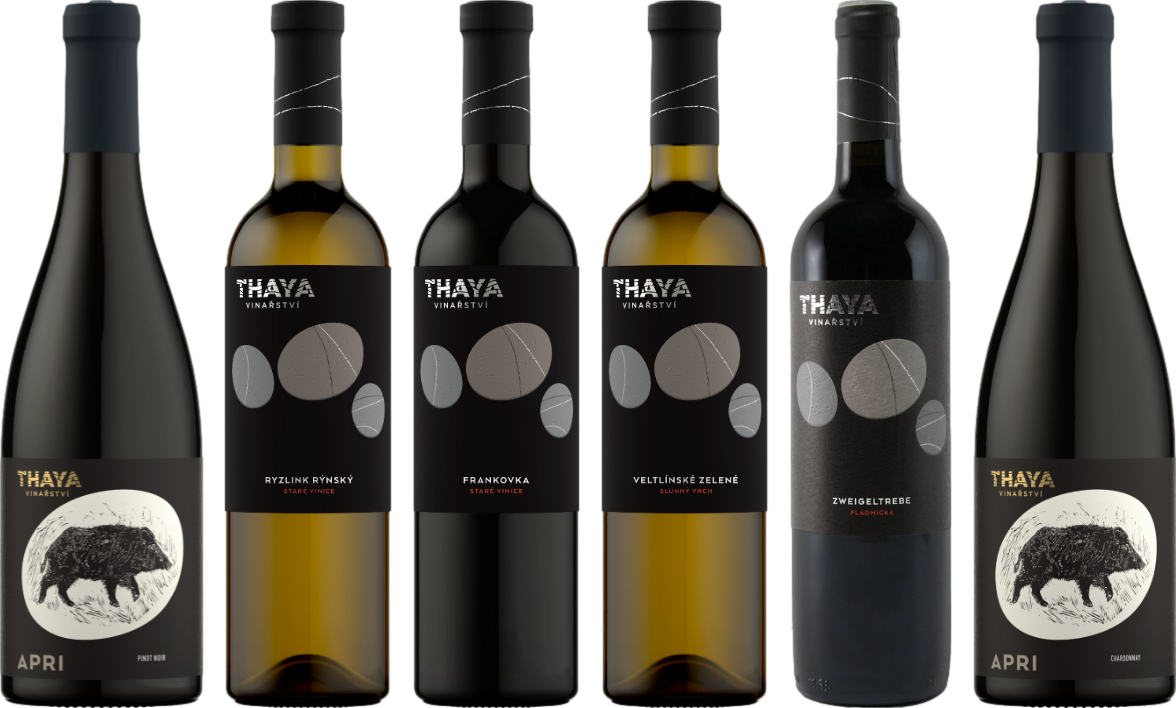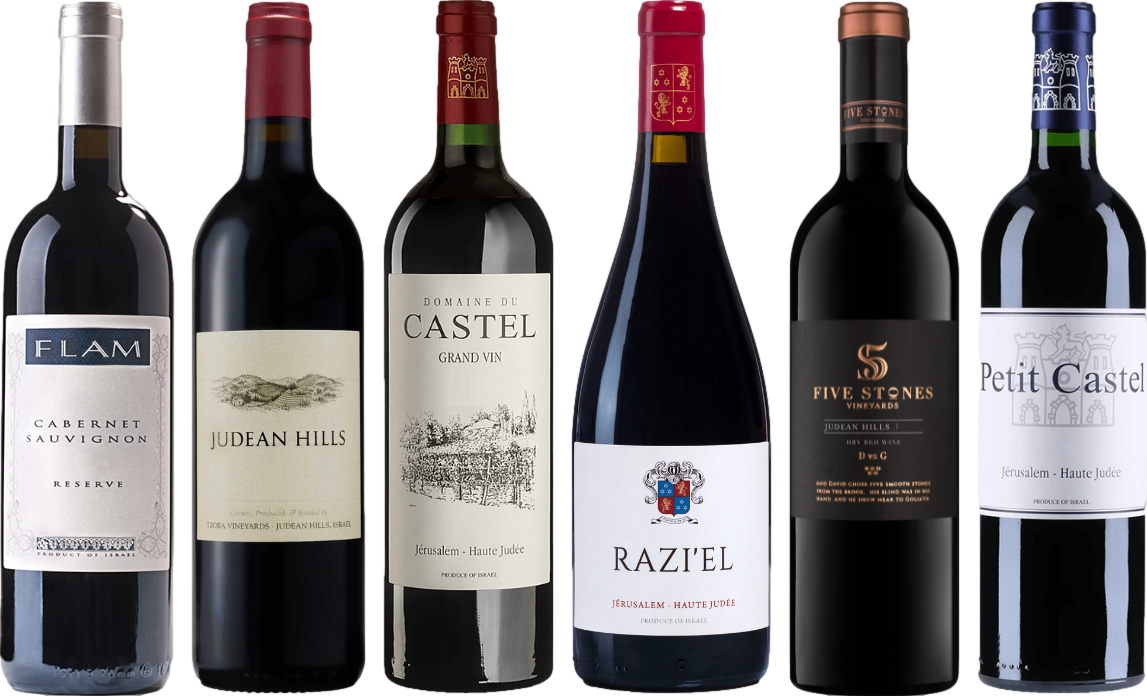



For optimal enjoyment, allow your chosen varietal to breathe for at least 30 minutes to an hour before serving. This timeline enhances the aromatic profile and softens tannins, resulting in a smoother tasting experience.
Fine examples, such as Cabernet Sauvignon or Syrah, may benefit from extended exposure, reaching peak complexity after two hours. In contrast, lighter options like Pinot Noir can develop their character in a shorter timeframe, often needing just 20 to 30 minutes to reveal their true essence.
Utilizing a decanter can expedite this process, broadening the surface area for oxygen interaction. For those pressed for time, simply pouring the beverage into your glass can also create a beneficial effect, albeit less pronounced than with a decanter.
Always observe the evolving aromas and flavors during this period; each sip will showcase the nuances that unfold with exposure to air. This practice not only enhances the drinking experience but also deepens your appreciation for the craftsmanship behind each bottle.
Optimal Time for Wine Exposure
For most varieties, a period of 30 minutes to 2 hours is ideal for optimal flavor profile enhancement. However, the specific duration can vary based on the type of grape and the age of the bottle.
Younger vintages, particularly those from bold varietals like Cabernet Sauvignon or Syrah, often benefit from around 1 to 2 hours of exposure. This allows the tannins to soften and the fruit flavors to emerge more distinctly. In contrast, older selections, such as aged Bordeaux, generally require less time–about 30 minutes to an hour–since they are more delicate and can lose their character if left too long in contact with air.
For an effective experience, consider using a decanter. Pouring the liquid into a decanter increases the surface area that interacts with oxygen, enhancing the process significantly. If opting for just the glass, ensure it is wide enough to facilitate proper airing.
| Wine Type | Recommended Exposure Time |
|---|---|
| Younger Varietals (e.g., Cabernet Sauvignon) | 1 to 2 hours |
| Older Selections (e.g., Aged Bordeaux) | 30 minutes to 1 hour |
| Medium Age Wines | 45 minutes to 1.5 hours |
Always taste periodically during the aeration process. This allows you to gauge the development of flavors and aromas, ensuring the experience is tailored to your palate preferences.
Understanding the Benefits of Aeration
Allowing exposure to air enhances the flavors and aromas of the beverage, leading to a more enjoyable experience. This process softens tannins, making the drink smoother on the palate. For varietals with robust profiles, such as Cabernet Sauvignon or Syrah, the right amount of oxygen can reveal complex notes that may remain hidden in a younger bottle.
Enhancing Flavor Profiles
During this exposure, volatile compounds evaporate, which can help to reduce harshness and pungency. As a result, fruity and floral characteristics become more prominent. If you have a bottle that seems too tight or closed off, letting it breathe can be the key to unlocking its full potential.
Improving Aroma
The olfactory experience significantly improves as volatile compounds are released. This allows for a richer bouquet, making it easier to identify various scents. For instance, a Merlot may reveal hints of chocolate or cherry, which could be masked without proper oxidation. This aromatic enhancement adds depth, making each sip more engaging.
Experimenting with different methods, such as using a decanter or simply pouring into a glass, can yield varied results. Pay attention to how the flavors evolve over time as the liquid interacts with the environment. Each technique offers unique advantages, and discovering what works best for your palate can lead to delightful discoveries.
Factors Influencing Aeration Time
Several key elements determine the optimal duration for allowing your beverage to breathe. These include the type of grape, age, and serving temperature.
Grape Variety
Different grape varieties possess unique structures and characteristics. For example, full-bodied options like Cabernet Sauvignon typically require more exposure to air compared to lighter varieties such as Pinot Noir. Understanding these distinctions helps in gauging the needed time.
Age of the Beverage
Younger selections generally benefit from extended aeration, often ranging from 30 minutes to an hour, while older vintages might only need around 15 to 30 minutes. This is due to the evolution of flavors and the presence of sediment in aged options.
- Young wines: 30-60 minutes
- Aged wines: 15-30 minutes
Serving Temperature
The temperature at which you serve your drink can also influence the aeration process. Cooler temperatures may slow down the release of aromas, necessitating a longer period for optimal flavor development.
For those interested in culinary pairings, knowing how to perfectly balance flavors is crucial. For instance, if you’re curious about timings in cooking, check out this link: how long does it take to cook meatballs in oven.
Determining the Optimal Aeration Duration
The ideal exposure time for your bottle can vary, but as a general rule, most varieties benefit from 30 minutes to 2 hours. The specific duration depends on the characteristics of the vintage in question.
Assessing Wine Characteristics
Different types exhibit unique profiles. Here’s a breakdown:
- Young Reds: Often require around 1 to 2 hours for proper development. These wines typically have robust tannins that soften with time.
- Mature Reds: A shorter duration of about 30 minutes may suffice. Overexposure can result in loss of delicate flavors.
- Full-Bodied Varietals: Wines like Cabernet Sauvignon or Syrah can flourish with 1 to 2 hours. Their complexity enhances significantly when allowed to breathe.
- Light-Bodied Options: Pinot Noir and Gamay may only need 20 to 40 minutes. These wines are generally more delicate and can lose their charm with excessive exposure.
Practical Tips for Timing
To refine your experience, consider these strategies:
- Start with a taste before introducing air. This gives a baseline for comparison.
- Use a decanter for even exposure. Pouring into a decanter increases surface area, accelerating the process.
- Monitor changes over time. Taste periodically to identify when it reaches your preferred balance.
- Keep in mind environmental factors. Temperature and air quality can influence how quickly a bottle evolves.
Ultimately, the goal is to enhance the experience without overwhelming the palate. Experimentation will lead you to your personal preference, making each tasting unique.
Comparing Decanting vs. Swirling in Glass
For those looking to enhance the experience of enjoying their favorite varietals, both decanting and swirling offer distinct advantages. Decanting, which involves transferring the liquid to a separate vessel, typically allows for greater exposure to air. This process can take anywhere from 30 minutes to several hours, depending on the age and style of the beverage. It effectively softens tannins and accentuates aromas, particularly in fuller-bodied selections.
On the other hand, swirling in the glass provides immediate interaction with oxygen. This method is ideal for impatient enthusiasts who want to quickly elevate the sensory profile. Just a few gentle rotations can release volatile compounds, enhancing the bouquet and flavor. Swirling is particularly useful for younger selections that might benefit from a quick infusion of oxygen.
When to Choose Each Method
Choosing between these techniques depends on your circumstances. If you have the time and are working with a complex, older option, decanting is advisable. It allows for sediment separation and gradual exposure to air. Conversely, when time is of the essence or you are enjoying a vibrant, youthful selection, swirling often suffices to bring out the best characteristics.
Practical Tips
When decanting, aim for a gentle pour to avoid disturbing sediment. For swirling, ensure your glass is not too full–about a third full is ideal to allow for movement without spilling. No matter the method, the goal remains the same: to enhance the overall tasting experience through proper oxygenation.
Signs That Your Wine is Ready to Drink
Start by observing the aroma. A well-aerated beverage will exhibit a bouquet of fragrances, including fruit, floral, and spice notes. If the scent is muted or overly harsh, it may need additional exposure to air.
Next, take a small sip. You should notice a harmonious balance between acidity, tannins, and sweetness. If the flavors feel disjointed or the tannins are still sharp, the elixir may require more time to breathe.
Visual Indicators
Pay attention to the appearance in the glass. A vibrant color with clarity suggests readiness, while cloudiness or dullness may indicate that the liquid needs more time to evolve. Additionally, watch for the formation of legs on the glass; slower legs can indicate a fuller-bodied experience.
Taste Test
Finally, consider the finish. A lengthy, pleasant aftertaste is a strong indicator of a well-prepared pour. If the finish is short or leaves an unpleasant sensation, it’s a signal that the drink might benefit from further exposure to air.
Common Mistakes to Avoid When Aerating Wine
Overdoing exposure to air is a frequent error. While some varieties benefit from interaction with oxygen, allowing them to breathe for too long can lead to a loss of character. Stick to recommended durations for different types; a general guideline is 30 minutes to an hour for many fuller-bodied options.
Avoid using overly cold or warm vessels. Serving temperatures play a significant role in how flavors unfold. Ideally, choose a decanter or glass that maintains the optimal temperature. If the vessel is too cold, aromatic compounds may remain subdued, while excessive warmth can accelerate oxidation.
Ignoring the Wine’s Characteristics
Each bottle has its unique profile influenced by grape type, vintage, and region. Failing to consider these factors can lead to misjudgments. For instance, younger, bolder selections may thrive on extended oxygen exposure, while older, delicate versions require a gentler approach. Always assess the individual characteristics before deciding on a method or duration.
Rushing the Process
Patience is key. Pouring too quickly into a decanter or swirling too aggressively can cause splashing and reduce the gentle aeration effect. Take your time to allow the liquid to interact naturally with the air. Allowing this gradual process ensures a more balanced and pronounced flavor profile.









